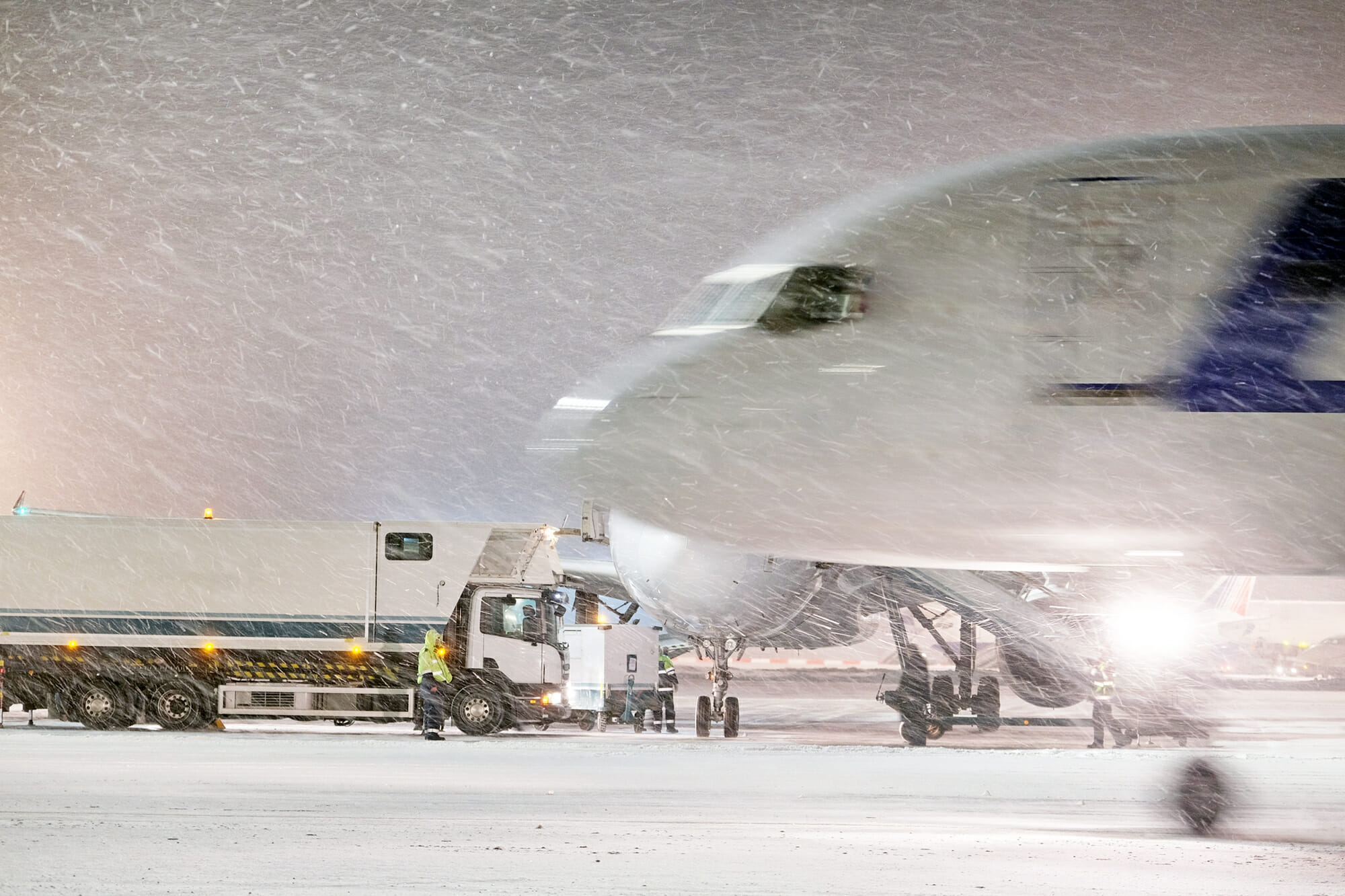Professional pilots undergo frequent recurrent training and education. However, some evaporation of knowledge from the classroom is expected with time. This winter, my goals is to pick relevant topics to remind pilots of the hazards of winter weather and some techniques to mitigate the hazards of winter flying during different phases of flight. For this issue, let us review meteorological conditions favorable for different kinds of icing and the cruise phase of fight.

The hazard of icing manifests itself in numerous rather intuitive ways, but the compounding effects of performance degradation and systems/equipment failures such as:
- Airfoil contamination and associated loss in lift, drag production, and weight
- Loss of thrust by ingestion of ice particles into the engine(s)
- Restricted movement of flight control surfaces
These, among others could significantly interfere with the overall aircraft performance, handling characteristics, and safe outcome of flight. Therefore, a working knowledge and the technical skills to mitigate such catastrophic icing related outcomes is paramount.
Broadly speaking, icing characteristics depend on temperature, moisture, and droplet size. Operating ambient temperature (OAT) between +2°C and -20°C, visible moisture in the form of clouds or rain, and larger size drops increase the risk of icing. The three primary classes of icing are clear, rime and mixed ice, and the intensity of icing may be classified as trace, light, moderate or severe. The factors influencing the overall icing threat include the type of clouds and thickness, vertical temperature profile (e.g., temperature inversions), synoptic weather patterns such as frontal systems (warm, cold, and occluded fronts), and orographic effects. Pilots should carefully evaluate the icing risks before flight, request and provide PIREPS and weather updates in-flight, and alter the altitude/route of flight to avoid icing or reduce the impacts of icing.
During cruise flight, the relatively low workload for the flight crew, inadequate monitoring of the aircraft instruments and performance, and complacency may prove lethal. Often, the autopilot may increase the aircraft’s angle of attack (AOA) in order to maintain altitude by sacrificing airspeed. But minutes later, the crew may find themselves in an imminent aerodynamic stall in a poorly performing, ice-laden aircraft. On a concerning note, the aircraft’s stall warning and protection systems are often unreliable in icing conditions. During cruise flight, pilots should carefully monitor the aircraft’s performance, especially at night, in IMC, and rain. This is also a good time to request weather updates, PIREPS, and occasionally hand-fly the aircraft to better detect changes in aircraft handling characteristics. Even among aircraft certified for flight into icing conditions, the crew should be extremely familiar with the aircraft’s de-icing/anti-icing systems and limitations. Finally, the pilots should coordinate (including declaring an emergency if necessary) with ATC and exit icing conditions as soon as possible.
References
[1] Icing, National Weather Service. weather.gov/source/zhu/ZHU_Training_Page/icing_stuff/icing/icing.htm
[2] Aircraft Icing Training, NASA Glenn Research Center. aircrafticing.grc.nasa.gov/index.html




























































































































